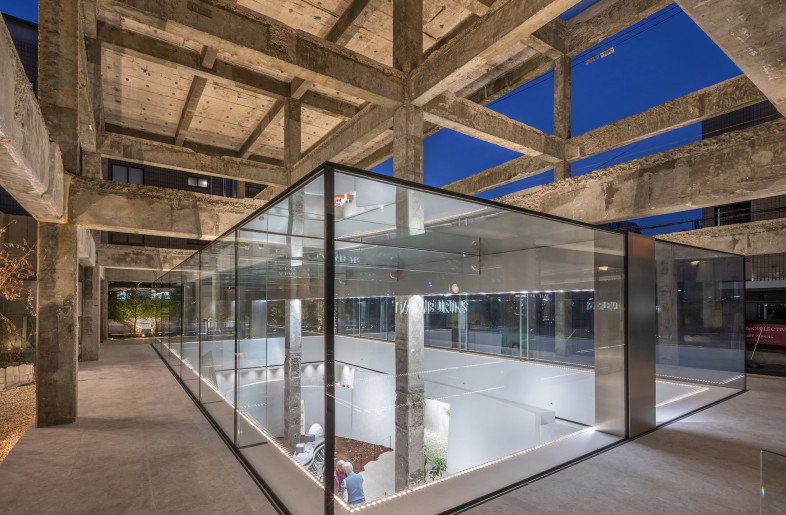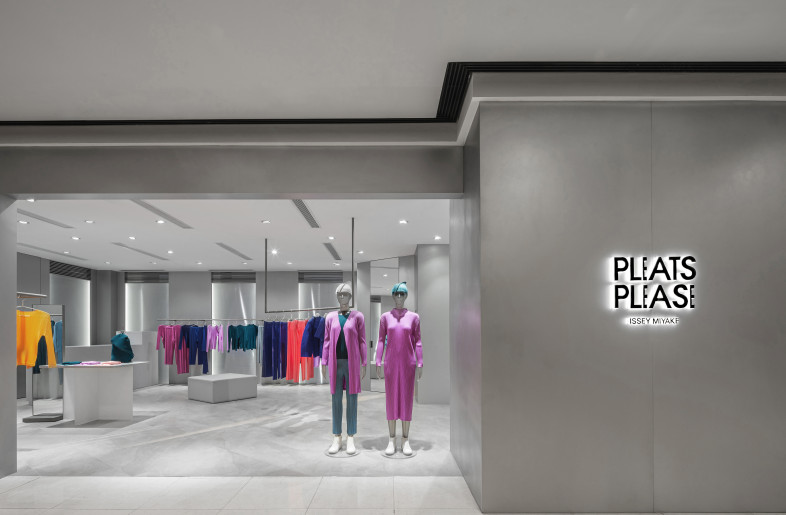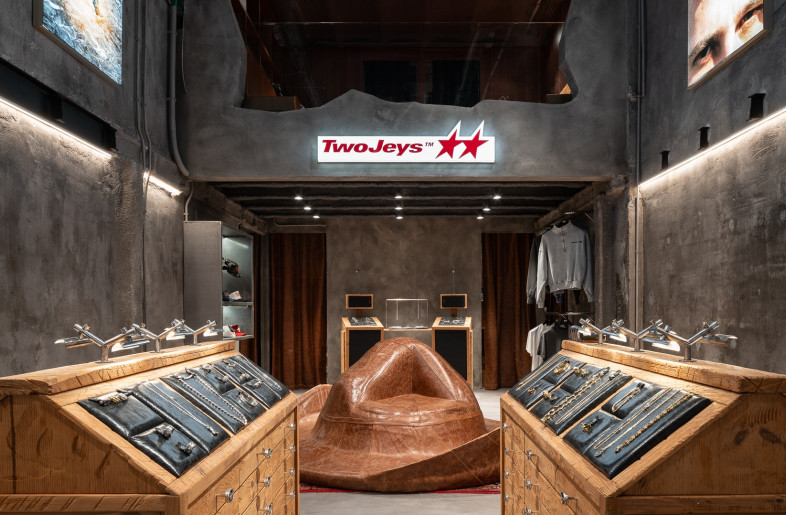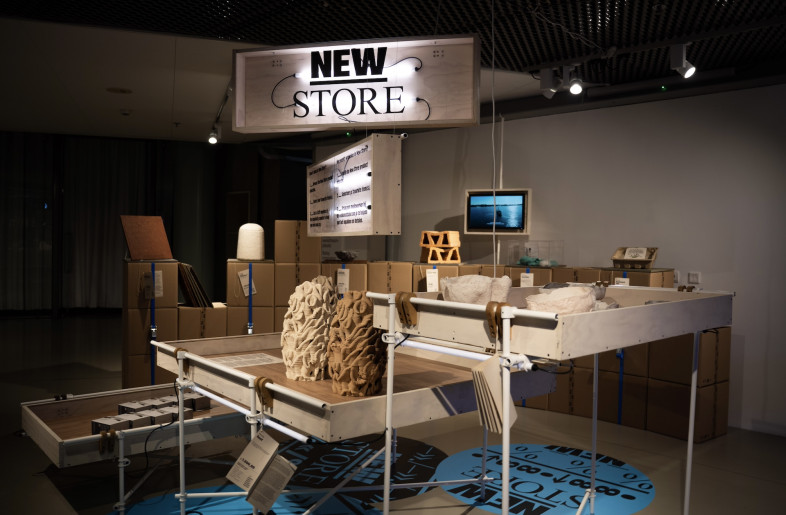If retailers are to bounce back after lockdown lifts, it will only be through establishing their premises not solely as experiential playgrounds, but also as trusted and transparent safe havens. This is important not only to inspire confidence in what are likely to now be hyper-hygiene-conscious consumers, but also to ensure operations will be able to continue as close to the new normal as possible should another such event (or relapse) occur. This is the first in a series of articles that map out what we think that might look like. Find the accompanying pieces here.
Broadly speaking, retail optimization centres on maximizing foot traffic and dwell time. The ideal metric for each will vary based on product and sector, with some prioritizing throughput while others aim to make customers linger longer in the hopes of generating a higher basket total. Either way, apart from those at the premium end of the market, a critical mass of bodies is key.
The pandemic has now taught consumers to desire the exact opposite. What this has meant on a practical level is the adoption of customer quotas in most major supermarkets, with long (socially distanced) queues a regular site across urban centres. Some have already been addressing this new pain point, with innovators like cannabis brand Curaleaf adopting WaitListMe, an app traditionally used by restaurants to let diners know when their table is ready while they wait offsite.
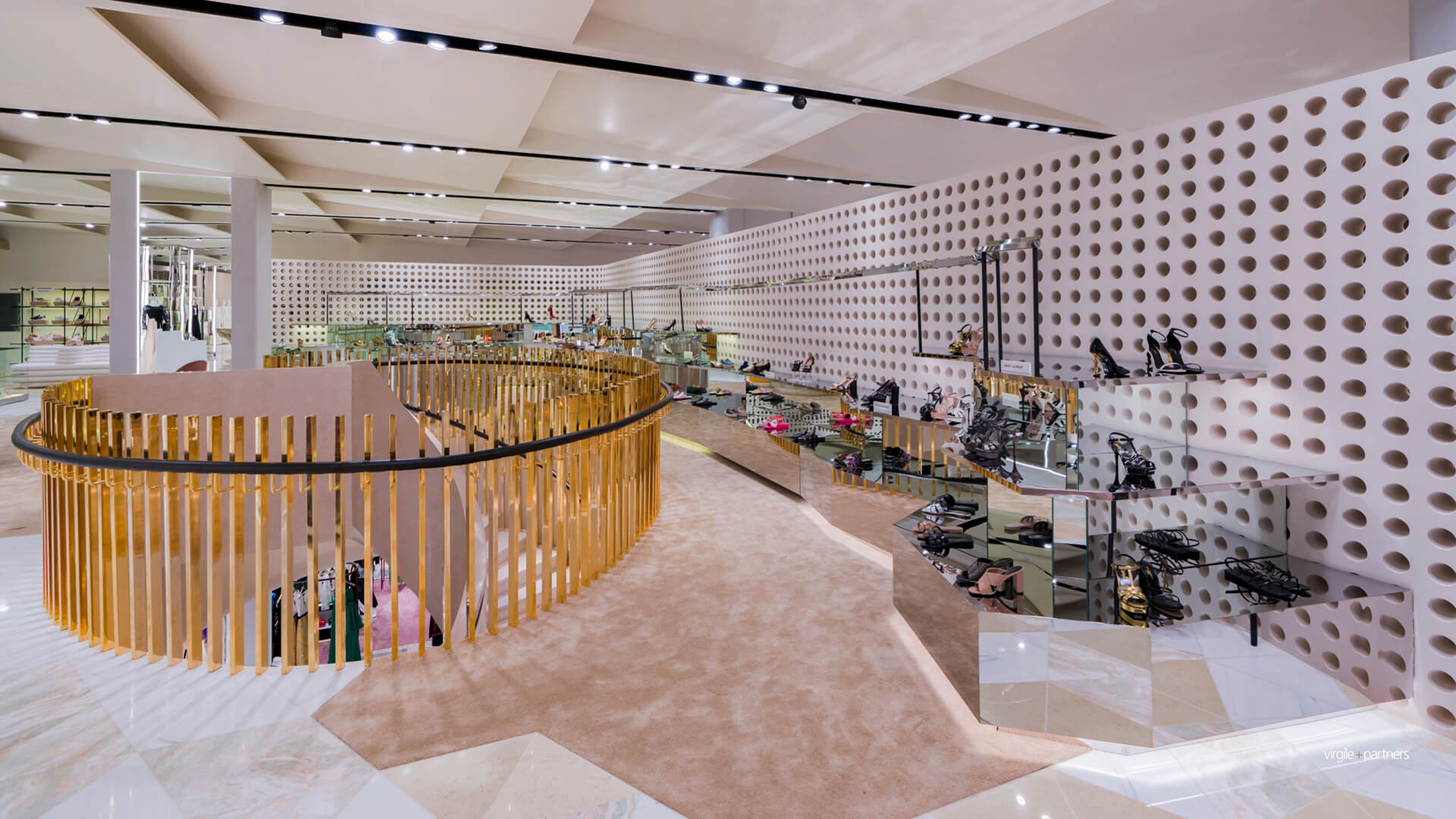
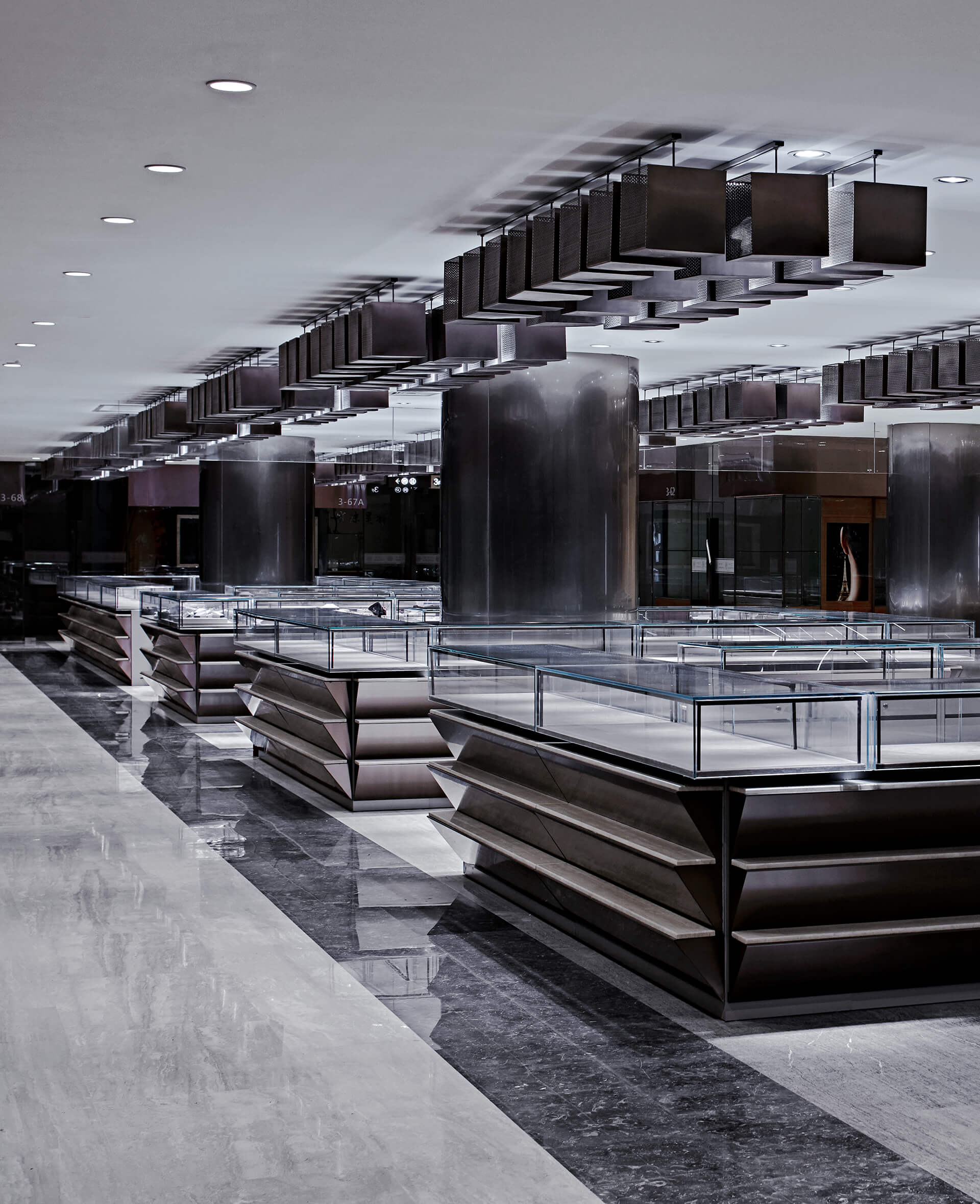
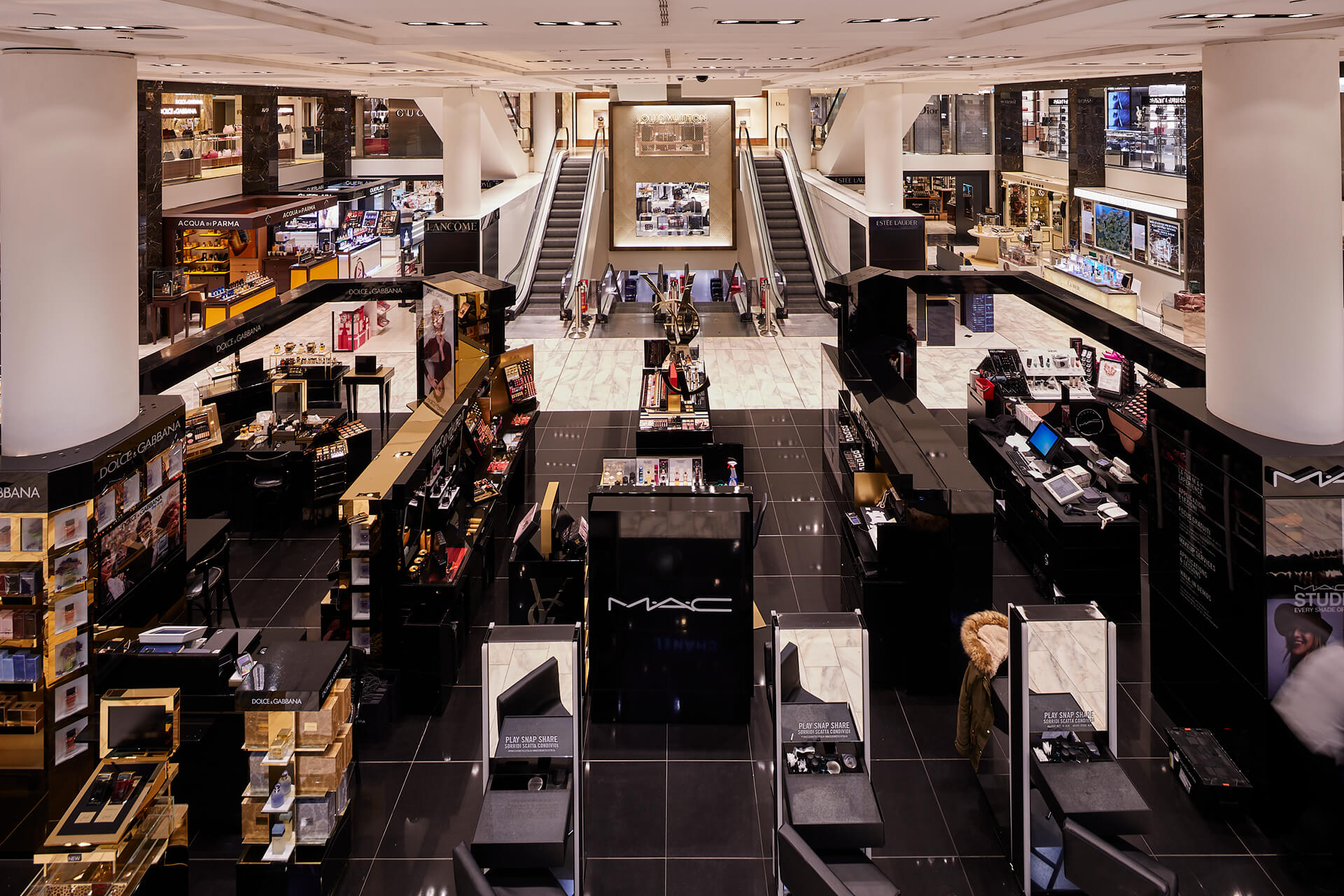
Header and top: Rubaiyat concept store by Virgile + Partners, Riyadh. Read more here. Photo: Courtesy of Virgile + Partners | Middle: Jewellery Box Chaowai by CLOU Architects, Beijing. Read more here. Photo: Shuhe | Bottom: La Rinascente department store, Milan. Read an interview with the retailer's vice chairman Vittorio Radice here. Photo: Courtesy of Wallet
The question will be how quickly, if at all, retailers will be able to return their focus to engineering proximity. Consumers are learning a whole suite of new behaviours, and low-density shopping – or what the Dutch call the ‘1.5 meter economy’ – might stick as the only trusted form of commerce. Consumer psychologist Paul Marsden believes we’ll emerge from the crisis with what he describes as a 'Me, Myself & I' mentality. ‘A major likely outcome of this situation is that we’ll compromise less, having a shared space will be difficult for a lot of people, for example,’ he explains in an interview with Forbes.
How that play across different retail modalities remains to be seen. For single brand stores, restricting the flow of people onto the shop floor is a feasible strategy, while malls will perhaps see their excess of space shift from a burden to a boon. For the midsize, multi-brand locations that carry a sizeable weight of merchandising, such as off-price retailers and the continually embattled department stores, the picture is less pretty.
To stay up-to-date on how the design industry is combatting the COVID-19 crisis, sign up for our newsletter here. Read more coveragehere.




-thumb.jpg)
Cynthia-Ammann_01-thumb.jpg)
